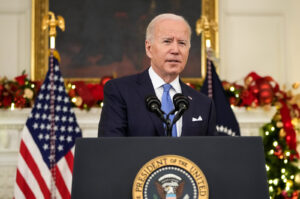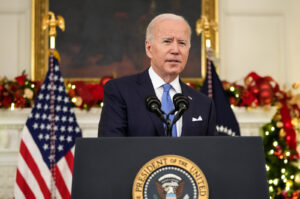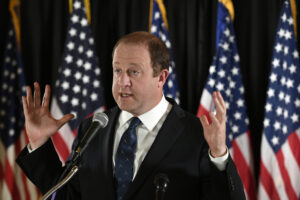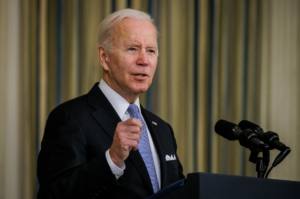Ranked-Choice Voting Explained
4 min read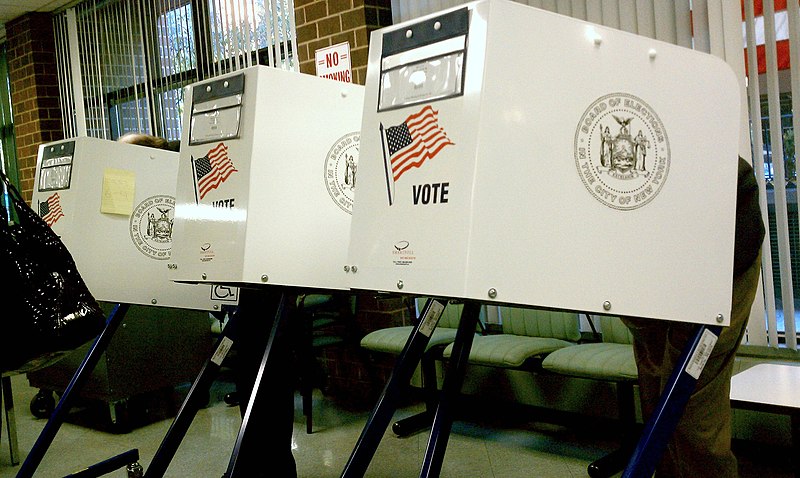
Image by Carl Mikoy, https://flickr.com/photos/78117698@N00/5139800200
In the upcoming November election, Massachusetts voters will have the opportunity to approve a law that will change the State’s voting system. A majority YES vote on Question 2 will adopt a voting system known as “ranked-choice voting” (RCV), in which voters rank candidates numerically in order of preference. The system would apply only in races consisting of two or more candidates.
What is Ranked-Choice Voting?
The goal of RCV is to guarantee that elected leaders receive a majority of the popular vote. Massachusetts Attorney General Maura Healy explains that, in an RCV system, “votes would be counted in a series of rounds.” If a candidate receives more than 50 percent of first-place votes in the first-round, then that candidate will be elected.
However, if no candidate receives more than 50 percent of first-place votes, “then the candidate or candidates who received the fewest first-place votes would be eliminated and, in the next round, each vote for an eliminated candidate would be counted toward the next highest-ranked candidate on the voter’s ballot.” If necessary, this system would continue into further rounds until a candidate receives more than 50 percent of the vote.
For a visual explanation of the RCV system, see this video posted by National Public Radio reporter Simón Rios.
Ranked-Choice Voting in Maine
Two observe RCV at work, Massachusetts voters can look to their fellow New Englanders in the state of Maine. Maine became the first state to adopt RCV after voters approved a 2016 ballot initiative.
Two years later, RCV was put to the test during Maine’s mid-term elections when incumbent Republican Bruce Poliquin lost his congressional seat to Democrat Jared Golden in the second round of RCV. Despite being the first choice of the majority of voters in his district, Poliquin received just 46.3 percent of first-place votes, leaving him just shy of the 50 percent threshold.
As a result, a second round of counting ensued in which the two candidates who received the fewest first-place votes were eliminated. Each vote for these eliminated candidates was then redistributed to the next highest-ranked candidate on the voter’s ballot. At the end of the round, Golden received 50.6 percent of the vote to pull ahead Poliquin and secure the congressional seat.
Proponents of Ranked-Choice Voting
Shauna Hamilton of Voter Choice for Massachusetts argues that RCV “gives voters more voice and will make our democracy stronger.” Hamilton claims that RVC addresses three core issues: “Big money and corrupt special interests have too much control over our democracy; Politicians can win with less than a majority, and independents are shut out; Politics are tearing us apart, preventing solutions to major challenges.”
Don Kennedy of WBGH similarly asserts that RCV “eliminates the possibility that a minority winner might be someone who is loathed by voters who backed other candidates.” He goes on to argue that the voting system “eliminates gamesmanship at the polls. No longer would voters have an incentive to pick someone who isn’t their top choice in order to block someone else.”
Proponents of RCV, like Hamilton and Kennedy, point to the recent Democratic primary in Massachusetts’ Fourth Congressional Candidates in their argument for RCV. In a field of nine candidates, Jake Auchincloss was victorious with just 22.4 percent of the popular vote, barely surpassing the 21.1 percent of candidate Jesse Mermell.
Opponents of Ranked-Choice Voting
Opponents of RCV argue that the system is too complex, which could decrease voter turnout and lead to more counting errors. In September 2018, Democratic Governor Jerry Brown of California vetoed a bill that would have expanded RCV throughout the state, calling the system “overly complicated and confusing.” In additions, conservatives have argued that RCV favors progressives because they tend to field more candidates, drawing more Democratic voters to the polls than Republican.
Massachusetts Fiscal Alliance, a non-profit organization that “advocates for fiscal responsibility, transparency, and accountability in state government and increased economic opportunity for the people of the Commonwealth,” has been one of the more vocal opponents of RCV throughout the state.
The organization argues, “Ranked Choice Voting ballots force voters to guess the candidates who will remain standing in multiple rounds and cast their votes in the dark. If they guess wrong and vote for eliminated candidates, their ballots are not counted in the final vote.” The organization goes as far as to claim that winners in an RCV system “win a false ‘majority’ of remaining ballots, not a true majority of all the voters voting in the election.”
When and to Which Elections Will Ranked-Choice Voting Apply?
According to Healy, RCV would apply to all Massachusetts primary and general elections except those for president, county commissioner, and regional district school committee member. RCV would take effect on January 1, 2022 and the Secretary of State would be required “to conduct a voter education campaign” about the new voting process.
General Voting Information
The 2020 State and Federal Election will take place on November 3rd. Massachusetts polling stations will be open from 7 a.m. to 8 p.m., and early voting will be held October 17- 30. Voting-by mail is available for all Massachusetts residents, “with no excuses required.” All mail-in ballots must be postmarked by November 3rd and must reach local election offices by November 6th.
To register to vote, visit www.RegisterToVoteMA.com. For more information, including how to acquire a Mail-In Voter Registration Form, please visit www.sec.state.ma/ele.

